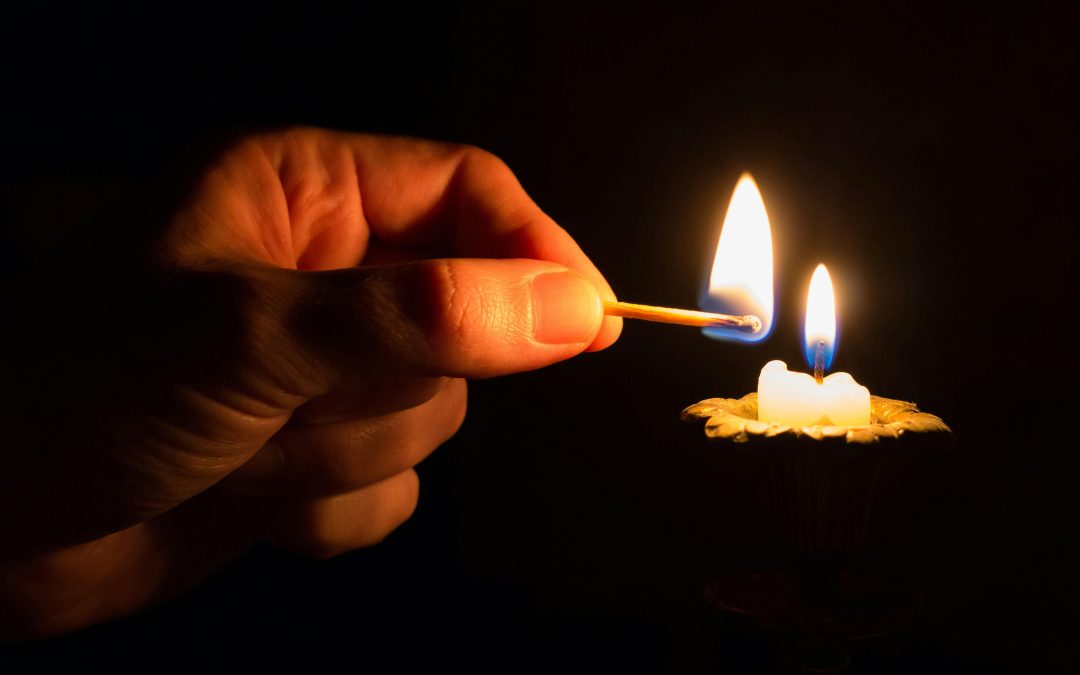Grieving and mourning a loss to suicide or substance overdose carries a unique kind of weight. As a member of the EricsHouse Community, you are aware that these losses come with complex and uncomfortable emotions such as guilt, anger, shame, and isolation from others who don’t understand. As such, self-care for this kind of grief needs to be especially nonjudgemental and kind.
Many people find that creating a physical or tangible outlet for their emotions leads to spiritual, somatic and emotional healing. With that in mind, I’m hoping that you’ll be inspired by the ideas presented here. As always, you should feel free to experiment in order to develop a personalized self-care practice which is both healing and genuine.
Write in a “Both-And” Journal
Losing a loved one to suicide or overdose can leave survivors feeling full of contradictions. You might find yourself overwhelmed with both love and anger. You might feel relief and devastation. Acknowledging these feelings can be upsetting and may even feel like a betrayal.
A Both-And Journal is a place to explore those complicated emotions side-by-side:
“I miss you deeply, and I’m furious that you left.”
“You were struggling, and I wish that you had told me.”
Allowing space for emotional complexity is deeply healing.
Create a Guilt Releasing Ritual
You are not responsible for your person’s death, even if your mind tells you otherwise. You can symbolically let go of feelings of failing and blame which will free up the energy needed to move forward in your grief journey.
Light a candle and write down what you feel responsible for—even irrational things. Read them aloud if you are able. Then burn or bury the paper.
Alternatively, you could perform this ritual by placing stones in a bowl of water for each guilt thought—then remove them one by one as you release the weight.
Make an “Unanswered Questions” Box
Keep a small box or jar where you write down the painful questions: Why did you do this? Did you know I loved you? Were you afraid? This can give words to the unresolvable thoughts and give you some peace from mental looping.
Build a Memorial That Reflects the Whole Person
In the aftermath of sudden death, society often reduces a person to how they died.
You can reclaim the fullness of your loved one’s life by:
– making a photo wall of joyful, mundane, silly, real moments
– writing a “things I want you to be remembered for” letter
– telling stories aloud. If no one else is around when a special memory comes to mind, make a voice memo or video
Let Nature be Your Witness
Go somewhere outdoors—woods, water, desert, garden—and speak your grief aloud. Let the earth and plants hear what other people maybe can’t or won’t.
You might say:
“I don’t know how to live without you. But I’m trying.”
“I love you and I wish I could have saved you.”
“I will carry you with me always.”
Remember Compassion—for You and Your Loved One
Write or repeat an affirmation or mantra:
“You were more than your death. I am more than my grief.”
“You were trying to survive. So am I.”
“I don’t have all the answers. I only have love.”
These are but a few suggestions. The predictability of your self-care practice might be one of the things that help you reclaim your sense of consistency and order. Truly, the rituals that you carefully design and repeat will ultimately leave you feeling comforted and connected.



Recent Comments